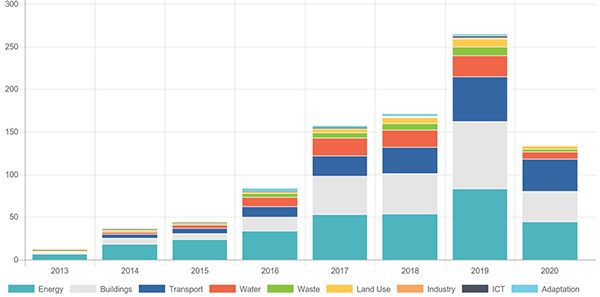When it comes to electric vehicles (EVs), China has been an enthusiastic early adopter, propelled by a combination of government policy, increased environmental awareness, and an accelerating taste for affordable luxury.
One of China’s leading automotive manufacturers, Zhejiang Geely Holding Group, owner of Volvo Cars, launched its electric car-only platform in September, saying it would share the technology across its nine brands and also open it up to other carmakers. In the same month, BNP Paribas acted as green structuring advisor to Volvo Cars in the establishment of the Green Financing Framework. Under this framework, Volvo Cars has raised funds to finance its own investment in passenger EVs, with a plan to move 50% entirely EV cars and 50% hybrid vehicles by 2025.
Chaoni Huang, Head of Sustainable Debt Capital Markets, Asia Pacific at BNP Paribas, recently delved further into the staggering potential of the EV market in China and beyond, at a seminar hosted by Pengyuan International, a leading Chinese credit rating agency.
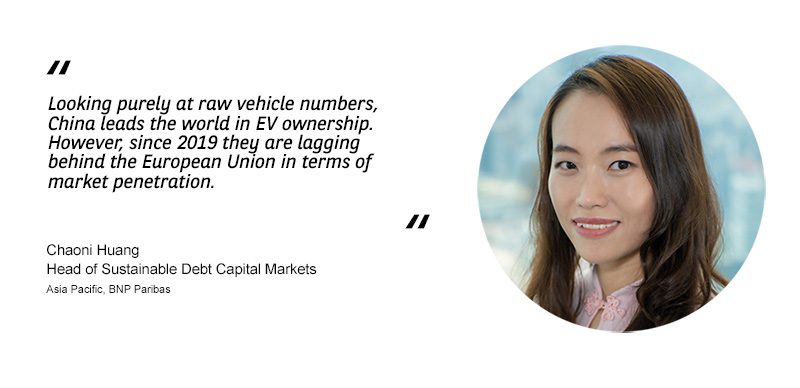
“Looking purely at raw vehicle numbers, China leads the world in EV ownership. However, since 2019 they are lagging behind the European Union in terms of market penetration. The EU is on an upward trajectory, mostly because governments there have doubled down on consumer incentives on EV purchases.”
“What we are seeing in China right now is something of a bottleneck,” said Danny Chen, Automobile Sector Rating Specialist at Pengyuan International. “Handouts and subsidies are being phased out, which was triggered by some makers fraudulently overstating sales in 2016. The Chinese government obviously wants to discourage this sort of behaviour and grow a more economically sustainable business model.”
Mr Chen also points to the slowing down of e-bus purchases by local governments and the relaxation of licence plates limit in major cities, as reasons for China’s EV impasse.
Despite these headwinds, both Ms Huang and Mr Chen agree that China will be the most important market globally for EVs in a matter of years – both in terms of consumer purchases, and as a manufacturing hub. The sheer size of the domestic China market, in addition to the relatively low market penetration of EVs and the rising spending power of the middle classes, all equals supercharged potential for the industry in China. And that could be good news for the environment.
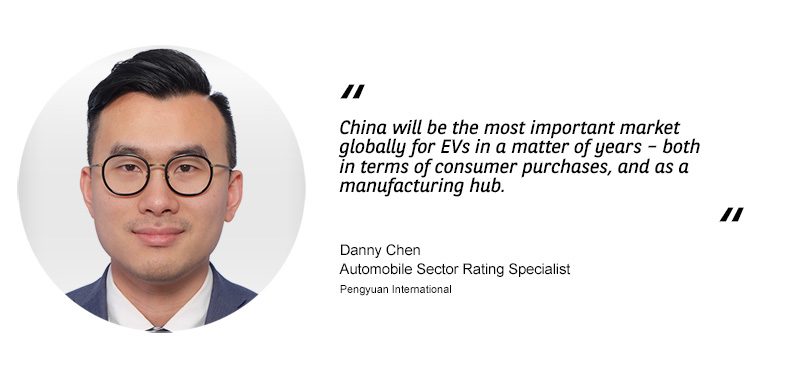
Cleaner, greener
The International Energy Agency estimates that in 2019, EVs in operation globally avoided the consumption of almost 600,000 barrels of oil products per day. The same research showed that the electricity generation to supply the global electric vehicle fleet emitted 51 Mt Co2-eq, about half the amount that would have been emitted from an equivalent fleet of ICE (internal combustion engine) vehicles. [1]
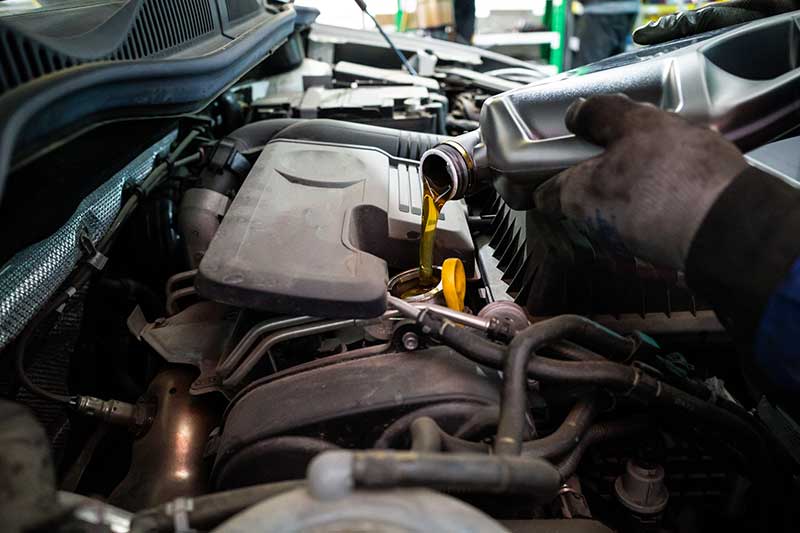
So if the environmental benefits are clear, and the cars themselves are comparable in terms of driving, maintenance and refuelling experience, why haven’t EVs taken China’s roads by storm? Mostly, it comes down to cost.
“The cost of EV engines is still about 30% higher than ICE vehicles, which flows through to the consumer, especially in a low-subsidy environment like China. We do expect the engine costs to reach parity by 2025 – but that is predicated on continued and sustained capex expenditure into battery technology,” says Mr Chen.
Mr Chen says enormous Research and Development (R&D) expenditure and innovation is vital to drive down battery costs across all categories of electric batteries, whether cell-to-pack technology (CTP), dry battery electrode (DBE), or pre-lithiation technology (used by Tesla). Additionally, more investment and exploration is needed into battery swap schemes, like that proposed by the “Chinese Tesla”, Nio.
Ms Huang points out that EV batteries themselves are responsible for up to 1/3 of an EV’s life-cycle emissions. “To reduce the environmental impact of batteries, we need to increase their energy density, use low-carbon sources throughout the entire battery supply chain, and ensure appropriate end-of-life battery management. Frankly speaking, we are going to need a lot of investment.”
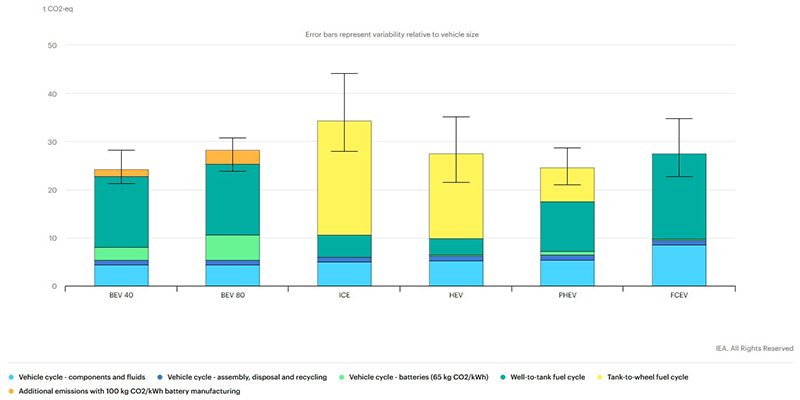
Funding the next phase
With the environmental benefits clear, and the need for financing urgent, it makes sense for EV and component makers to turn to the booming green bond market for funding. Globally, finance channelled toward clean transport has grown almost nine-fold between 2015 ($6bn) and 2019 ($53bn). China has played a large role in that figure; it was also the largest issuing country for the transport sector in 2019.
China’s green bonds for clean transport
|
Traditionally green bonds have been dominated by investment grade companies, with high yield or unrated names only making up a small proportion of the market.
In China, electric vehicle component makers are smaller and less established than the major car makers, and subsequently tend to operate in the high yield space.
“Issuing green bonds as opposed to standard bonds requires a higher degree of due diligence and internal expertise, which can be a hurdle for smaller companies,” explains Ms Huang. However, Ms Huang predicts that as green bonds become more “mainstream” and processes around their issuance standardised, component makers will be more comfortable with the market, and investors more confident.
“It’s a low-yield environment and there are quality high yield names out there in the components business in China, looking for investment,” agrees Mr Chen of Pengyuan International.
“I would certainly encourage all links in the EV supply chain to consider green bonds,” adds Ms Huang. “Ultimately we need investors and issuers to come together to propel the next phase of growth and development of electric vehicles in China.”
|
Green bonds for clean transport Green bonds have played a critical role supporting the growth and development of EVs. Finance channelled towards clean transport has grown almost 9-fold between 2015 and 2019. TABELA
|
[1] Global EV Outlook 2020 report.



